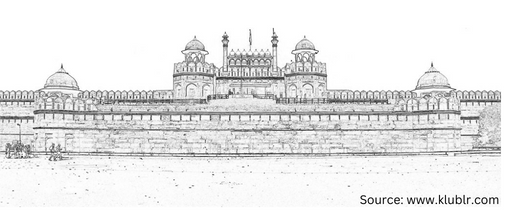As architects, we are not mere designers of buildings; we are storytellers of spaces. Each structure we conceive, each room we craft, echoes a narrative—a tale woven with the threads of history, culture, and individual experiences. In this symphony of bricks and mortar, spaces become the chapters, and architecture, the author. Let’s embark on a journey through the profound stories that spaces have always yearned to share.

The Language of Architecture
Architecture is a silent language, and every structure speaks its own dialect. From the soaring arches of Gothic cathedrals to the sleek lines of modern skyscrapers, each design choice communicates a message. The form, function, materials—all contribute to a narrative that transcends time. Architects are poets who use space as their canvas, and every stroke of design is a verse in the story.
Historical Narratives in Architecture
Every historical period has left its indelible mark on the built environment. From the majestic pyramids of Egypt to the intricate palaces of Renaissance Europe, architecture narrates tales of triumph, tragedy, and transformation. Walk through the corridors of time, and you’ll find that our cities are living history books, where the stories of the past are etched into the facades of buildings.
Cultural Significance in Design
Architectural design is a reflection of cultural values and beliefs. A stroll through the bustling streets of Tokyo reveals a different story than a leisurely walk in the narrow lanes of Marrakech. Each culture shapes its surroundings, and architects become cultural anthropologists, translating traditions into tangible structures. Every arch, every column, is a brushstroke in the masterpiece of cultural storytelling.
Personal Stories in Architecture
Behind the blueprints and construction plans are the personal narratives of architects. Our experiences, beliefs, and dreams seep into our designs, creating a unique fingerprint on each project. The play of light in a room might be inspired by the sunrise over a mountain, and the choice of materials may carry memories of a childhood home. In architecture, every line drawn is a page torn from the architect’s own story.
The Power of Public Spaces
Public spaces are the communal chapters of our urban tale. From grand plazas to humble parks, these spaces shape the narratives of our collective experiences. Think of Central Park in New York, where the laughter of families and the footsteps of joggers create a story of vitality and community. Public spaces are the stages upon which the dramas of city life unfold.
Sustainable Narratives
In the era of climate consciousness, sustainability has become a crucial plot point in architectural storytelling. Buildings are no longer just structures; they are protagonists in the battle for a greener planet. The choice of eco-friendly materials, energy-efficient designs, and the integration of nature into urban landscapes form chapters in the evolving story of sustainable architecture.
The Influence of Nature
Nature is a silent collaborator in the architectural narrative. The gentle rustle of leaves in a courtyard, the play of sunlight filtering through branches—these elements infuse spaces with a natural rhythm. Architects are not just builders; they are choreographers orchestrating a dance between the built environment and the natural world.
Conclusion: Crafting Continuity in Architecture
As architects, we are custodians of stories that transcend generations. Our blueprints are narratives, and our buildings are the stages upon which life unfolds. From the grandiosity of historical monuments to the intimacy of personal spaces, architecture weaves a tapestry of tales that form the backdrop of our lives. So, the next time you enter a room or stroll down a street, pause for a moment. Listen to the whispers of the walls, feel the pulse of the space, and let the stories unfold. For in architecture, every space is a story waiting to be read.
